Ancient Trade Routes in the Mediterranean
Canopus: A Sunken Port City of Ancient Egypt
Revealing the lost city of Canopus, an ancient port and religious centre submerged in Abu Qir Bay. Learn about its link to Thonis-Heracleion and recent archaeological finds, including colossal statues and port ruins.
By Nick Nutter on 2025-08-30 | Last Updated 2025-08-30 | Ancient Trade Routes in the Mediterranean
This article has been visited 1,518 times

August 2025. Raising artifacts from Canopus. Image credit AFP.
Canopus: A Submerged Jewel of Ancient Egypt
The waters of Abu Qir Bay, off the coast of modern Alexandria, Egypt, have for decades yielded an archaeological bounty, gradually revealing the secrets of ancient cities, such as Thonis-Heracleion, that had been lost to the sea. Recent underwater excavations some 3 kilometres west of Thonis-Heracleion are gradually revealing another magnificent port and city, Canopus.
Do you enjoy my articles? For your reading pleasure, this website does not carry third party ads. You could help me write more articles by buying me a cup of coffee.
Foundation and Strategic Location
While the precise foundation date of Canopus remains debated, archaeological evidence suggests its origins predate the Ptolemaic era, with mentions in ancient Greek texts as early as the 6th century BC in a poem by Solon, and the site has revealed artifacts dating back to the reign of Pharaoh Ramses II, though it's thought some of these may have been brought to Canopus at a later date. The city was strategically situated at the mouth of the westernmost branch of the Nile River, known as the Canopic branch, it commanded access to both the fertile Nile Delta and the maritime trade routes of the Mediterranean.
Canopus was not an isolated outpost but rather part of a dynamic maritime landscape. It lay in close proximity to Thonis-Heracleion, often considered its sister city. Ancient accounts, notably by Strabo, describe Heracleion as lying "straight to the east" of Canopus, whilst Frank Goddio, a lead archaeologist on the current excavation project, states that Thonis-Heracleion was approximately 3 kilometres to the east of Canopus. This close relationship meant the two cities functioned as complementary ports, facilitating extensive trade between Egypt and the Greek world before the foundation of Alexandria by Alexander the Great in 331 BC. Their proximity is further highlighted by a yearly religious procession of the god Osiris, which journeyed from Thonis-Heracleion to a sanctuary in Canopus, illustrating their intertwined spiritual and civic lives.
Purpose and Prosperity of Canopus


August 2025. Raising artifacts from Canopus. Image credit AFP.
The primary purpose of Canopus was multifaceted. Economically, it flourished as a major port city, handling a vast array of goods from across the Mediterranean and the Nile Valley. This commercial prosperity made it a vital link in ancient trade networks. Beyond its mercantile significance, Canopus gained renown as a pleasure resort for the elite of Alexandria and other regions. Its luxurious amenities and holiday atmosphere attracted visitors seeking leisure and entertainment.
Furthermore, Canopus was a significant religious centre. It housed important sanctuaries dedicated to Egyptian deities such as Osiris, and later, the Greco-Egyptian god Serapis. These temples became sites of pilgrimage, where individuals sought spiritual solace and miraculous healing, cementing Canopus's reputation as a sacred destination. The city's cultural allure was so profound that the Roman Emperor Hadrian, captivated by its charm, famously commissioned a replica of a part of Canopus for his opulent villa in Tivoli, Italy.
Architectural Grandeur and Submerged Finds
The architecture of Canopus, though submerged, hints at a city of considerable grandeur. Excavations have unveiled the ruins of limestone buildings, ranging from domestic structures to commercial establishments and possibly places of worship. The presence of reservoirs and rock-carved ponds underscores sophisticated urban planning and water management systems crucial for sustaining its population and agricultural activities, including fish farming.
Over decades, the efforts of organizations like the European Institute for Underwater Archaeology (IEASM) and the Egyptian Ministry of Tourism and Antiquities have brought forth a remarkable collection of artifacts. Recovery operations in August 2025 have yielded particularly impressive finds:
Colossal Statuary: Among the most awe-inspiring discoveries are several large statues recovered in . These include a magnificent quartz sphinx bearing the cartouche of Pharaoh Ramses II, a symbol of Egypt's ancient dynastic heritage. Also recovered are a headless granite statue of an unknown Ptolemaic figure and the lower half of a white marble sculpture depicting a Roman nobleman, attesting to the city's longevity and its importance across different historical periods.
Maritime Evidence: The city's role as a port is illustrated by the discovery of fragments of a merchant ship and stone anchors. A substantial 125-meter-long dock further confirms its capacity to handle significant maritime traffic, primarily from smaller vessels.
The merchant ship was laden with walnuts and almonds, a sign of Canopus’s role as a thriving port, as well as Olynthian millstones, a non-rotary grinding stone uncommon in Egypt, which shed light on technological and cultural exchanges during the Greek and Roman eras.
Everyday Life Artifacts: Beyond the monumental, countless smaller artifacts offer glimpses into daily life. Pottery, coins, and even a copper measuring scale have been recovered, providing context to the economic activities and social customs of ancient Canopus.
Ushabtis (funerary figurines) and stone anchors further underline the city’s funerary traditions.
Perhaps most telling are the everyday objects such as amphora handles stamped with merchant seals, coins from the Ptolemaic and Roman periods, along with a Byzantine coin, and even Islamic era finds such as a clay pipe and part of a balance weight found at the site.
These artifacts, after careful conservation, are gradually being presented to the public, with some already featured in exhibitions like "Secrets of the Sunken City" at the Alexandria National Museum.
The Decline of Canopus
Ultimately, a combination of factors, including rising sea levels, earthquakes, and soil liquefaction, led to the city's gradual submersion, with its final demise occurring around the 8th century AD.
Conclusion
The ongoing archaeological endeavours in Abu Qir Bay continue to redefine our understanding of Canopus and its surroundings. A senior archaeologist has suggested that the recent finds may be from a smaller, neighbouring town, of Taposiris-Parva.
“The evidence suggests that this newly uncovered area may represent an extension of the ancient city of Canopus, a major centre during the Ptolemaic Dynasty which ruled Egypt for nearly 300 years and later under the Roman Empire which governed for some 600 years. Alternatively, it could be the remains of a smaller town known as Taposiris-Parva, which was gradually destroyed over time,” said Mohamed Abdel-Meguid, a senior archaeologist at the Underwater Antiquities Department of the Supreme Council of Antiquities (SCA).
Taposiris Parva is mentioned by the ancient Greek geographer Strabo in his account of the road between Alexandria and Canopus. Strabo wrote that the young people of Alexandria would celebrate feasts in the neighbourhood of the city, and it is also known for its association with the god Osiris as it had a large temple dedicated to him that was destroyed during the fifth century during the Christian period.
Do you enjoy my articles? For your reading pleasure, this website does not carry third party ads. You could help me write more articles by buying me a cup of coffee.
 1: Overland Trade Routes to the Mediterranean
1: Overland Trade Routes to the Mediterranean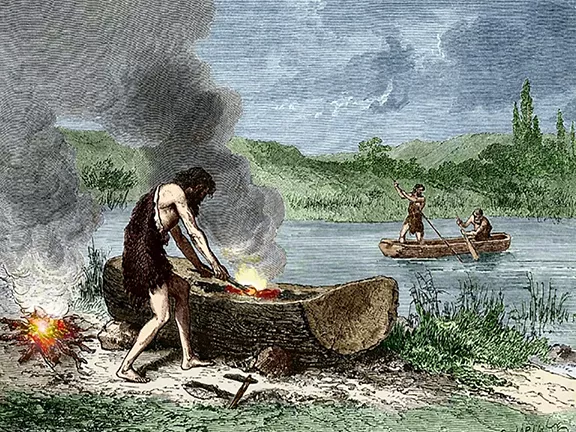 2: First Voyages on the Mediterranean Sea
2: First Voyages on the Mediterranean Sea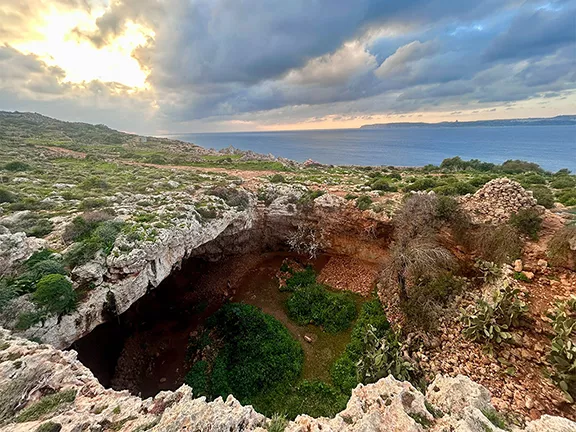 3: Mesolithic Voyages to Malta c 6500 BC
3: Mesolithic Voyages to Malta c 6500 BC 4: Neolithic Maritime Networks
4: Neolithic Maritime Networks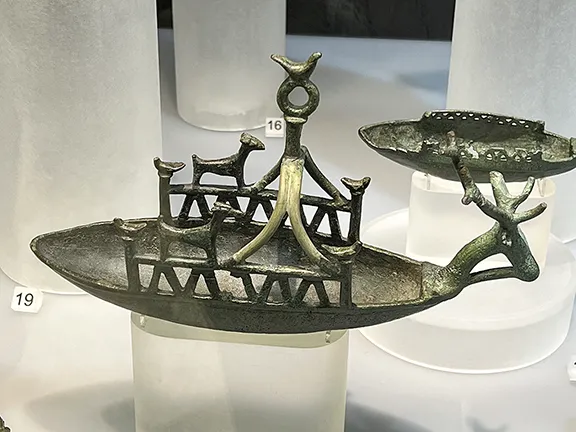 5: Bronze Age Maritime Networks in the Mediterranean
5: Bronze Age Maritime Networks in the Mediterranean 6: Morocco to Iberia during the Bronze Age
6: Morocco to Iberia during the Bronze Age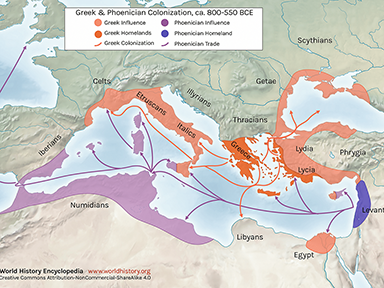 7: Areas of Influence Mesolithic to Romans
7: Areas of Influence Mesolithic to Romans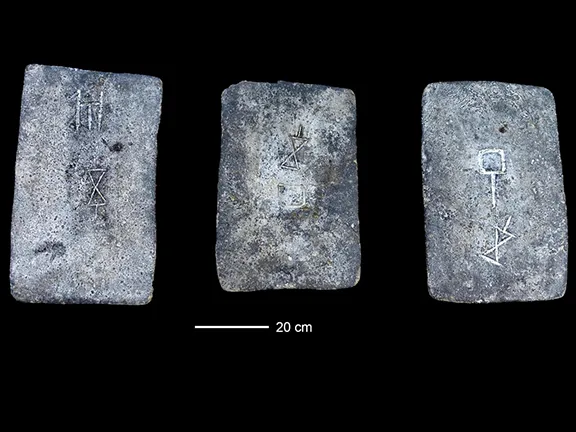 8: The Tin Roads
8: The Tin Roads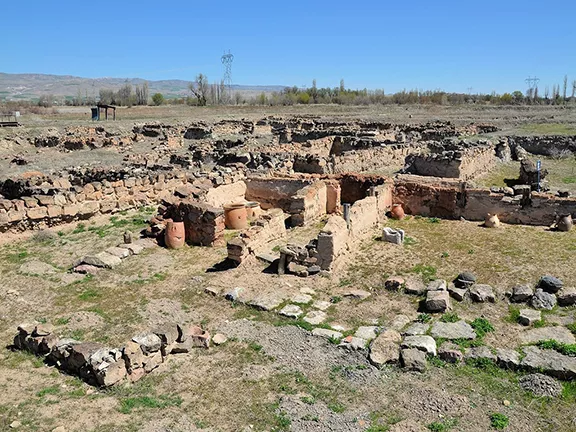 9: The Karum of Kanesh c 1920 - 1850 BC
9: The Karum of Kanesh c 1920 - 1850 BC 10: Mediterranean Bronze Age Economies
10: Mediterranean Bronze Age Economies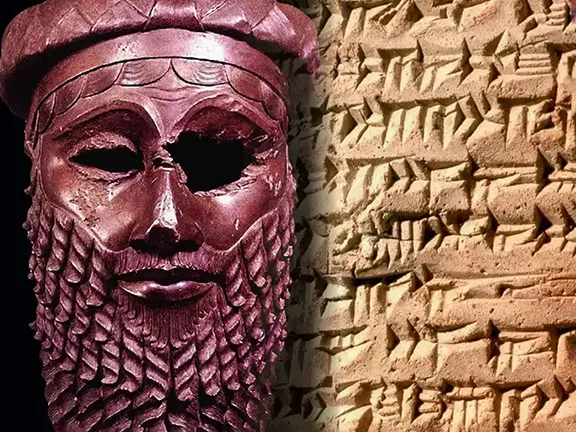 11: Postal Services during the Bronze and Iron Ages
11: Postal Services during the Bronze and Iron Ages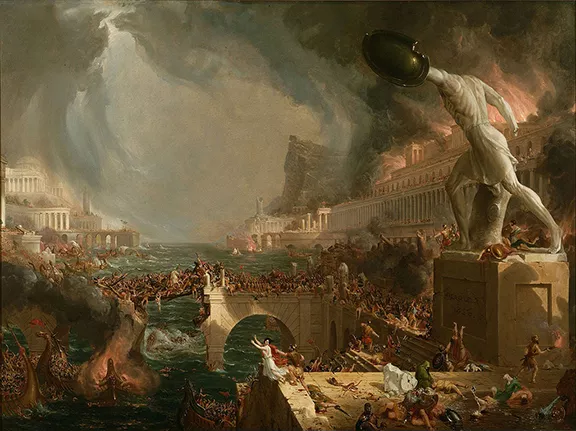 12: The Start of Mediterranean Trade Wars
12: The Start of Mediterranean Trade Wars 13: The Voyage of Wenamun c 1075 BC
13: The Voyage of Wenamun c 1075 BC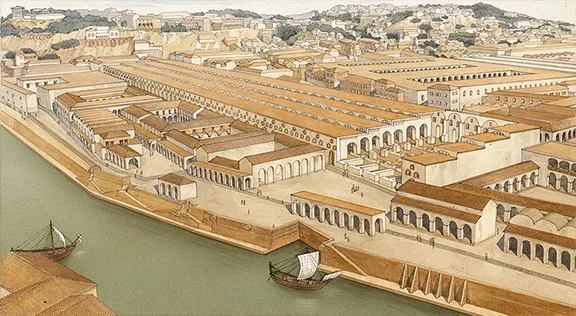 14: From Trading Post to Emporium
14: From Trading Post to Emporium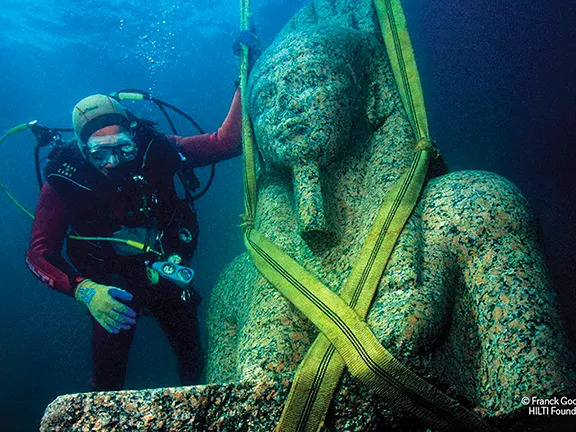 15: The Greek Emporium of Thonis-Heracleion
15: The Greek Emporium of Thonis-Heracleion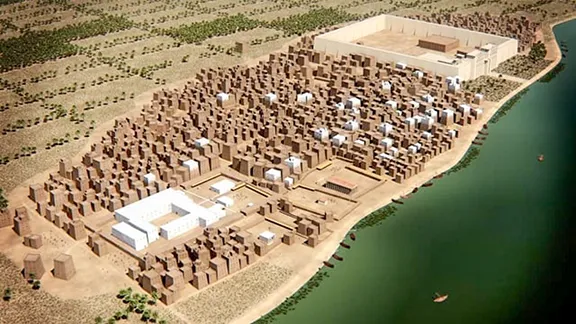 16: The Greek Emporium of Naukratis
16: The Greek Emporium of Naukratis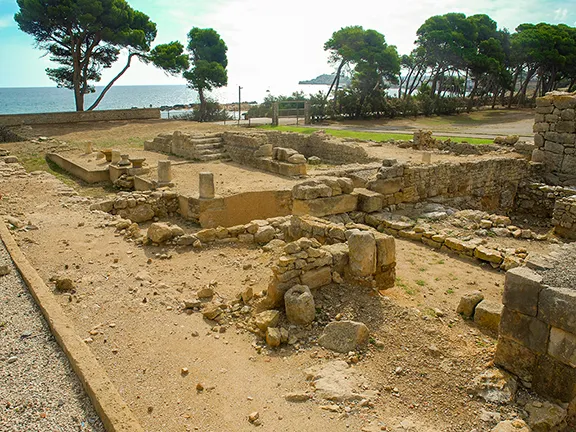 17: The Greek Emporium of Empuries
17: The Greek Emporium of Empuries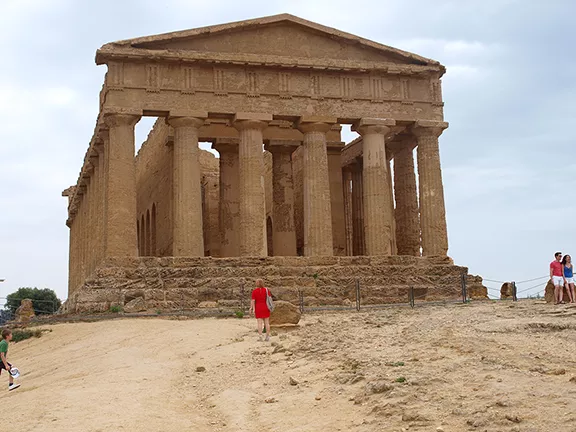 19: The First Trade Wars 580 - 265 BC
19: The First Trade Wars 580 - 265 BC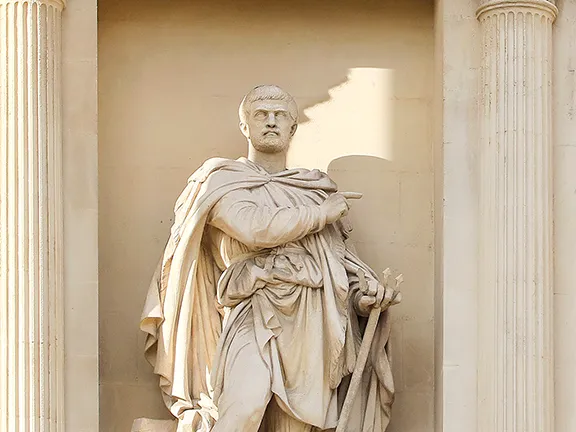 20: Exploring new Trade Routes with Pytheas
20: Exploring new Trade Routes with Pytheas 21: Corinthian Helmet Distribution
21: Corinthian Helmet Distribution